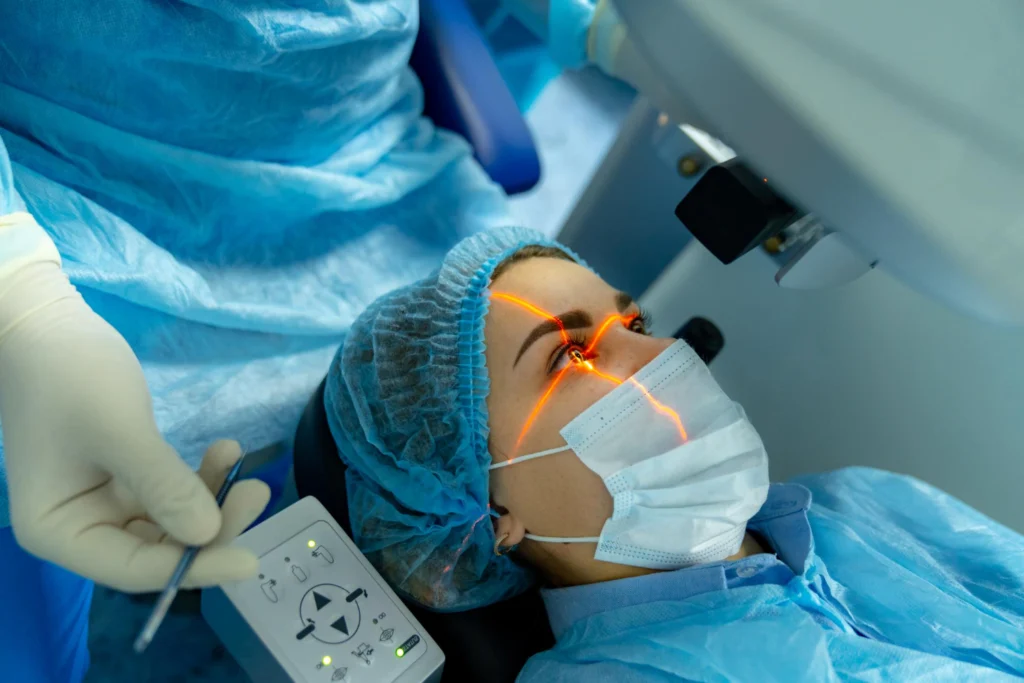
Squint eye, which is also known as strabismus, is a condition where the eyes do not align properly. While one eye looks straight ahead, the other may turn inward, outward, upward, or downward, leading to visual disorientation. This misalignment can occur occasionally or consistently and may affect one or both eyes. Squint eye is more common in children, but it can also develop in adults due to conditions like nerve damage, eye injuries, or other underlying health issues.
Squint eyes not only affect the appearance but also interferes with binocular vision, making it difficult for the brain to merge images from both eyes into a single, clear picture. Over time, untreated cases can lead to amblyopia (lazy eye), depth perception issues, or double vision.
However, early diagnosis can significantly improve outcomes. Treatment alternatives vary depending on the severity and cause but usually include corrective glasses, vision therapy, or surgery. Addressing squint eye at an early stage can ensure better visual health and prevent long-term complications.
Symptoms
-
Blurred vision
-
Headaches
-
Eyestrain
-
Double vision
-
Tilting of the head to compensate for the altered position of the eyes
Treatment
-
Refractive correction
-
Orthoptic exercises
-
Patching/Occlusion
-
Medications
-
Squint Eye Surgery
Schedule Your Consultation for Squint Eye Treatment Today!
FAQ
Lazy Eye/Amblyopia

